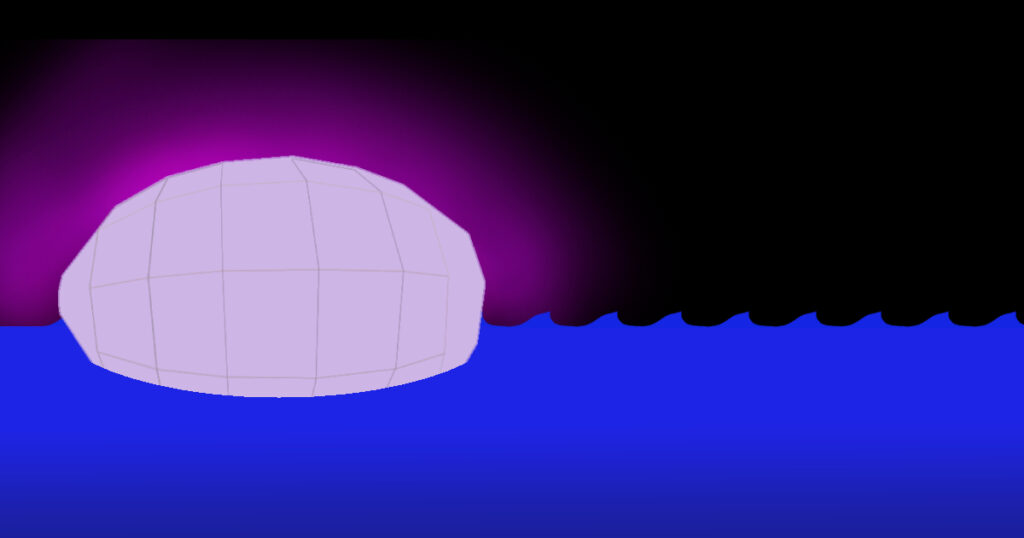Recently I came across a discussion forum referring to the use of niacin for social anxiety at multi-gram doses. One commenter mentioned that based on her experience, either niacin has to be repleted in much larger amounts than commonly believed, or plays a much more important role in the diet. Or both.
This intrigued me. I’ve never experimented with niacin in any big way, because I never found any mention of big doses used for anything but heart disease or schizophrenia, the latter application made famous in the 60s by Dr. Abram Hoffer. Another issue was the annoying and unpredictable flushing. Somehow I had mistakenly concluded that niacinamide, a form that does not cause flushing, and no-flush niacin were the same thing, and since no-flush niacin definitely gives me flushes, I never bothered trying niacinamide. Duh.
I started looking around for more information on niacin deficiency. I came across this 1970 report by Dr. R.G. Green on orthomolecular.org, a site which is probably familiar to you if you’re really into nutritional therapy. Dr. Green, a family doctor in a poor area of Saskatchewan, described his experiences diagnosing subclinical pellagra among his patients, many of whom were Native Americans living below the poverty line. That is, they displayed symptoms that resolved with niacin, even though the symptoms did not manifest as the classic niacin deficiency disease of pellagra.
Pellagra is associated with poverty and low-protein diets and/or diets based on corn that has not been prepared in a way that releases the niacin for absorption. (The traditional way is to add ash to the cooking water.) Pellagra occurred in epidemic proportions in the U.S. at the turn of the 19th Century following the introduction of cheap, prepackaged cornmeal. The most famous pellagra sign is a red, rough rash wherever the skin is exposed to sun.
After spending some time with Dr. Hoffer, Green began looking more closely at patients who kept returning again and again with vague complaints of feeling unwell, despite having no physical problems. These complaints included difficulty learning, lack of interest in food, and fatigue. “X-rays and laboratory tests show nothing abnormal,” he wrote,” “yet still the patients complain. For the past 20 years I have been diagnosing them as neurotic, having flu, neurasthenia, sore throat, backache, etc. etc., for want of something better.”
Does that sound familiar?
He started asking these patients this list of questions (I’m copying from the article):
1. Does your face seem to change when you look in the mirror?
2. Do words move when you try to read?
3. Does the ground move when you walk?
4. Do you feel you walk on the ground or off the ground?
5. Do pictures move when you look at them?
6. Do you hear someone calling your name when you are alone?
If the patient said no to all of the above, the doctor would ask if they sometimes occurred. If the patient answered yes to some or all questions, Dr. Green proceeded with the Hoffer-Osmond Diagnostic (HOD) test, which is a list of 145 questions designed to evaluate the likelihood of schizophrenia. If the patient took longer than so-and-so many weeks on 1,500 – 3,000 mg of niacinamide a day to recover, Green would consider the possibility that they had schizophrenia. In that case, the treatment tended to be for life, rather than a simple matter of repletion and an improvement of diet. In the article he goes into more detail with three case histories.
I tried to find the HOD test online, but only found a paraphrasing — someone made an epic poem of it. It’s about halfway down this page on Hoffer’s website.
Dr. Green’s article is another example of the phenomenon I discovered over the years I’ve been investigating nutritional deficiencies: that after the mid-70s, the amount of information on the subject disappeared almost to nothing as prescription drugs gained prominence. As I’ve said elsewhere on the blog, I’ve got a list going of books on the topic written before then, but they’re so rare, I can’t afford them – $125 for a book is out of my league.




